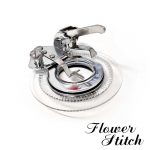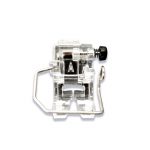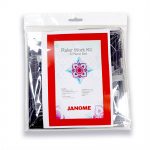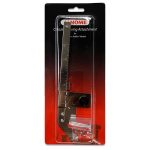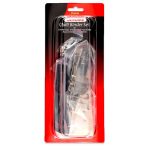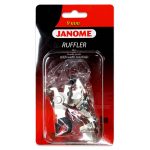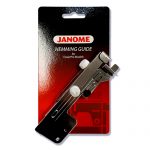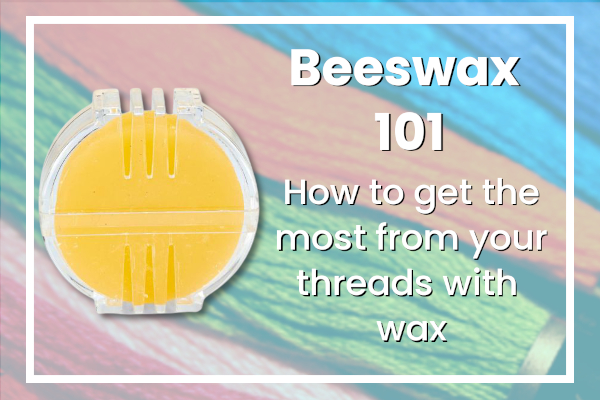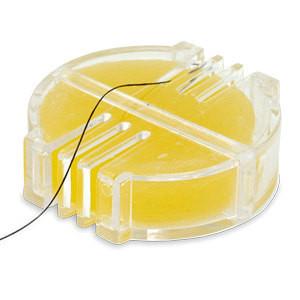No products in the cart.
When should I use Beeswax?
Beeswax 101
We have all seen small round discs of Beewax in the haberdashery sections of sewing stores. These contraptions (ranging in colour from natural to bright orange) often seem out of place alongside all of the other notions, however, the humble tub of Beeswax has some great benefits. Often thought of as a thread conditioner, natural beeswax can be used for a variety of thread (or every day) purposes, a few of which we have highlighted below:
-
-
Makes hand stitching thread easier to use
-
Too often (at least for me), the project that we sew seems to require a type or colour of thread that seems to inevitably get tangled and knotted; leaving the sewist either spending time untangling or starting from scratch. This is especially common when working with metallic threads. By running the thread lightly over beeswax and then applying a low-temperature iron (through a Raja cloth or a folded piece of paper), the wax is absorbed into the thread, thereby giving the thread more body and less static, and the sewist more control. This is often referred to as “Conditioning the thread”.
-
-
Strengthens thread
-
As mentioned above, by applying wax to the thread, the beeswax works its way into the fibres, thereby strengthening the thread’s staples (where the strands of thread join). This technique is often applied to the thread used on hand sewn button.
-
-
Protects thread from drying out
-
As we all know, thread has a shelf life, however, it is easy to forget that once the thread is sewn into a garment, leather, cross-stitch, or tapestry, the thread can still age. When creating pieces that you want to outlast the tests of time, a little wax can go a long way. Creating a barrier, the wax protects the thread from drying out.
-
-
Seals and protects wooden sewing and knitting needles
-
Wooden Knitting and Crochet needles are making a comeback, and like their steel counterparts, these needles can last for generations with the right treatment. When packing away your needles for the season, it is recommended to coat the needles in a light wax (and with a dry cloth, wipe away any excess). This will prevent moisture from reaching the wood and potentially causing the needle to split or bow.
-
-
Other Uses
-
Aside from thread, beeswax can be used as a natural lubricant on stiff drawers and metals, and as a protectant and sealant for wood and furniture.
How to Apply Beeswax to thread:
-
- When hand sewing, we recommend cutting a length of thread no longer than 90 cm, (or approximately from your shoulder to wrist). While it is possible to use long threads, this length allows the thread to naturally move which can prevent tangling as you stitch.
- Once cut, draw the thread through the wax two to three times, and then press it with an iron between a folded piece of paper or a pressing cloth to blend the wax and the thread. This removes the excess wax and protects your iron and ironing board from being coated.
- Your thread is now ready to use.
Do you need Beeswax for your next project?
Please note that it is not recommended to used waxed thread on your sewing machine or overlocker as the wax can build up in your tension disks.






